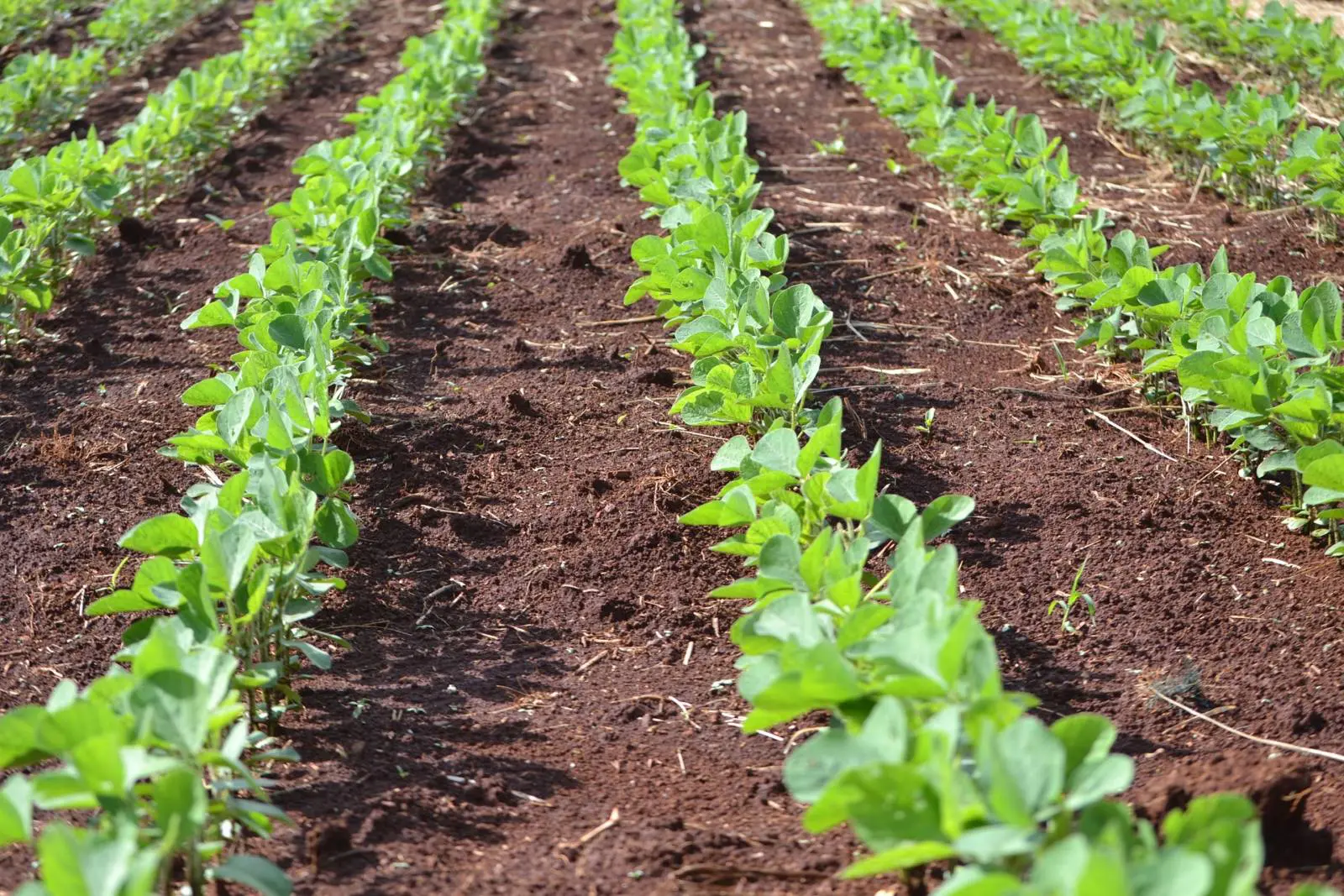While early soybean plantings have already begun in Brazil, farmers in Argentina face a later start as it is further from the equator and thus sees a later window for warmer temperatures and longer crop-growing days. Argentine soybean farmers have historically begun seeding their crops in earnest beginning in November. A drying pattern has emerged, particularly in the western portion of the country that has been garnering more attention thus far for the developing winter wheat crop but is also seen preventing early field work ahead of spring plantings. Private crop weather watcher World Weather noted in early September that soil moisture levels were much too dry west of Santa Fe spanning from Santiago del Estero through Cordoba, San Luis and into portions of western Buenos Aires. The following map shows that the largest soybean-producing district in Argentina is Buenos Aires at one-third of the 2014-17 output followed by Cordoba (29%) and Santa Fe (17%). The second map shows the latest 30-day precipitation anomaly with the brown regions indicating moisture levels of 15 mm to 90 mm below normal into mid-September. These same areas overlap with key soybean-producing areas in western Argentina.

Adding to the uncertainty of the upcoming Argentina crop season this year is the timing of the upcoming presidential election. The outcome does not look good for incumbent President Mauricio Macri, whose pro-business platform in the 2015 campaign was one of rebuilding Argentina after the nation’s Peronist (populist) party led by then president Cristina Fernandez de Kirchner saw increased government controls that curbed agricultural exports with high-priced subsidies. Unfortunately for Macri, his path to rebuilding the Argentine economy has been proven difficult and to make matters worse, he was shown to have lost a primary election in mid-August that pointed to him being ousted by the late October election. His opposition in the upcoming election has Kirchner hoping to return to the government as the vice president supporting fellow Peronist Alberto Fernandez. Once the primary results were issued, Argentina’s financial markets and currency tumbled as money flew to safety.
As a result of the muddied political outlook, and in the wake of the worsening economic conditions, Argentina’s farmers are faced with added uncertainty of the new administrations agricultural policies and face rising operating costs. Many local analysts note the soybeans are the winner of the current outlook, as China has focused its appetite for soybeans in South America. Another recent development was the announcement that China would open its market to Argentine soybean meal after decades of attempts by the world’s largest soybean meal exporter. These better export opportunities are helping to bolster local cash prices received by farmers. Another advantage that soybeans hold relative to corn is the cost of growing the crop. It is estimated that Argentina’s farmers face a 70% increase in the cost of producing corn relative to cheaper soybeans. These higher costs are driven by increased fertilizer requirements and higher seed costs. Local consultants estimate that this divergence will lead to a decrease in corn plantings this fall of 200,000 hectares to 6 million while the group sees the area planted to soybeans rising by the same amount to 17.7 million hectares.
In summary, while Argentine farmers still have plenty of time for soil moisture levels to improve, the uncertainty surrounding the country’s late October presidential election is expected to support later soybean plantings in the upcoming season. The results of the election are certain to drive prices of both inputs and outputs, while the export policies of the winning administration will likely impact some fringe decisions between soybeans and other crops. These factors are to be watched in the coming month as Argentina’s farmers prepare to seed their 2019/20 crops.
